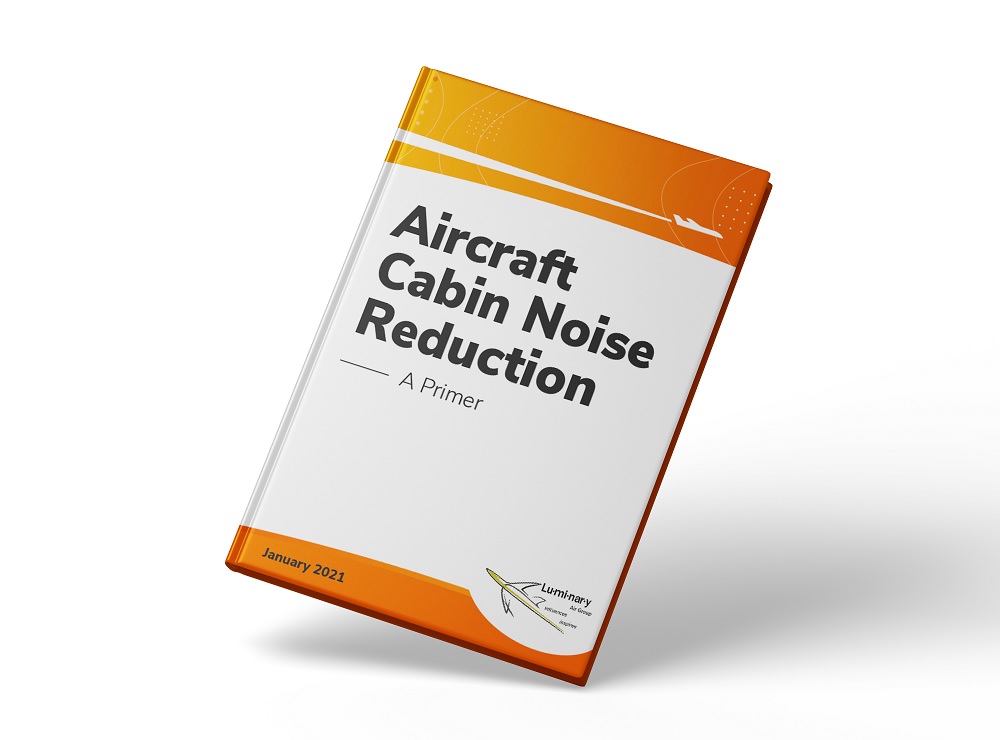Understanding Aircraft Cabin Noise
Acoustics is a complex topic on its own, but when we add the moving parts of traveling through the air at high speeds, we quickly end up in a situation that takes a little effort to explain. That’s why we put together a primer on cabin noise reduction that demonstrates the various concepts and metrics used in aircraft insulation.
Click here to open the E-Book
Noise metrics – dBA vs. dB SIL
Two common units of acoustic measurement we frequently see referenced by customers in their aircraft specifications are A-weighted decibels (dBA) and the sound intensity or speech interference level (dB SIL). A commonality with these two units of measurement, and indeed with many other units of sound measurement (SPL for instance), is that they are used in relativity to the human ear. When using the A-weighted system, the decibel levels of sounds at low frequencies are reduced to simulate the frequency response of the human ear. Using the dBA scale, we calibrate “0” as the lowest threshold of human hearing, whereas normal speech at 3 feet would be around 65 dBA, and a rock concert would be closer to 110 dBA. dB SIL refers to the threshold of human hearing in air. To obtain the speech interference level (SIL) we average the sound pressure levels centered on 500, 1000, 2000 and 4000 Hz and essentially measure how much the background noise in an aircraft is interfering with speech. Generally, we can understand each other between 45 dB SIL (very quiet easy speech) and 60 dB SIL (forced speech, but intelligible) after which the scale of sentence intelligibility drops dramatically. At 75 dB SIL we would be unable to understand each other due to background noise.
Fun Facts on Noise:
When we do our acoustic testing we often employ an anechoic chamber, which is an isolated, non-reflective room that absorbs sound. Recently, Microsoft took the world record for having the quietest anechoic chamber on earth at -20 dBA. At sound levels like this low, human beings can literally start to go insane. Without the normal ambient noise provided in everyday life, we can hear our own organs working, blood pumping etc. and we struggle for normalcy. The record for human tolerance inside the recently usurped anechoic chamber at Orfield Labratories is a mere 45 minutes. It turns out there is such a thing as “too quiet.”
Aircraft noise reduction starts with an analysis of the existing sound levels. Learn more about aircraft cabin acoustic testing.

